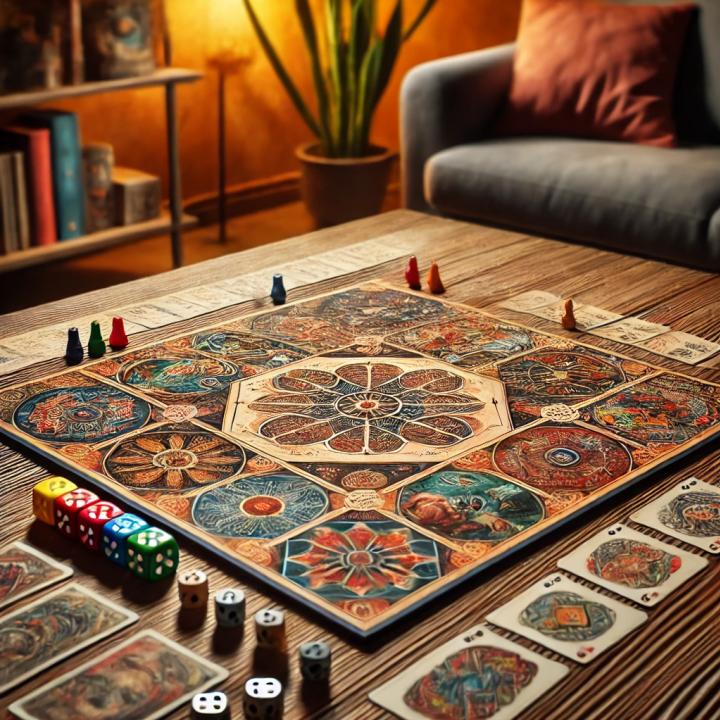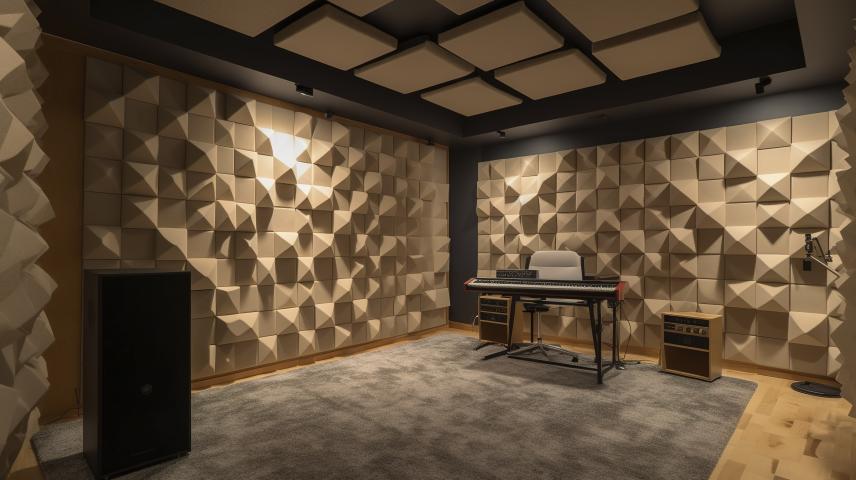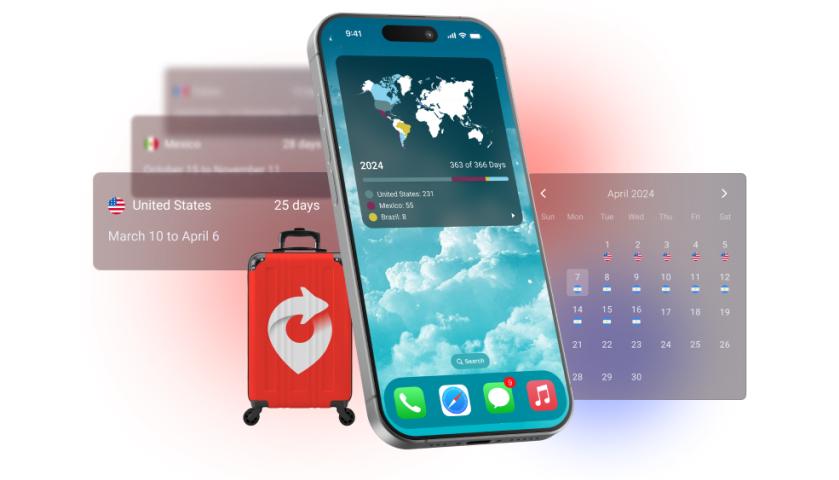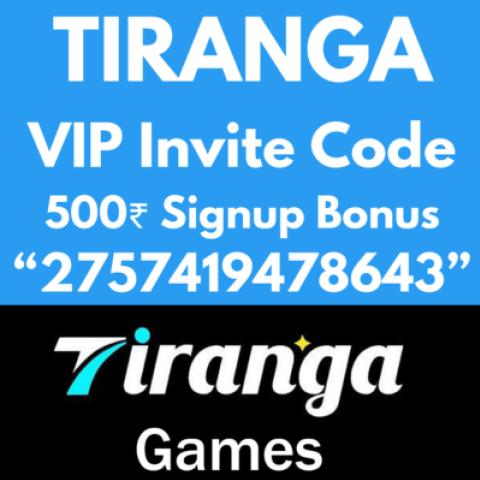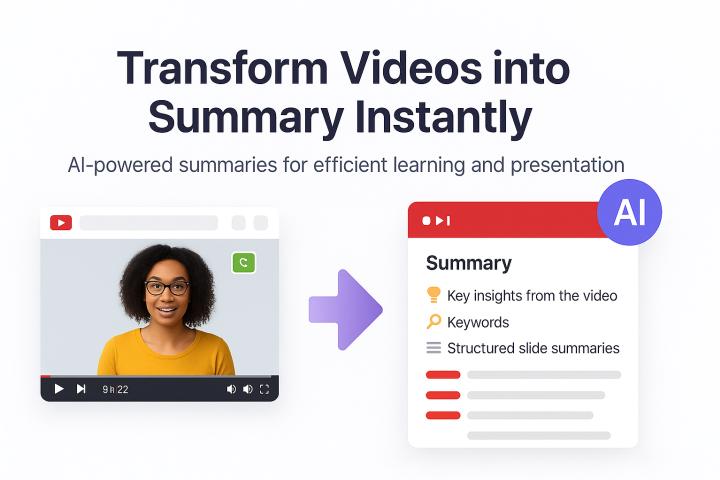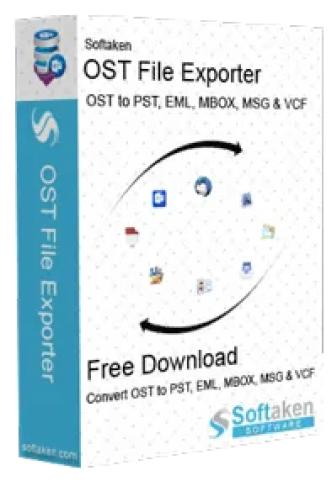Collaborating with a board game development company can turn your creative ideas into a successful, market-ready game. Whether you're a seasoned developer or new to the board game industry, understanding the process of collaboration is key to creating a game that’s both engaging and enjoyable. Here’s a step-by-step guide on how to collaborate with a board game development company.
Step 1: Define Your Vision and Concept
Before reaching out to a development company, it's crucial to have a clear vision of what your game will be. Ask yourself key questions:
- What is the theme or genre of the game?
- What type of gameplay will it involve (strategy, luck, skill, etc.)?
- Who is your target audience?
- What are the game mechanics and rules?
Having a well-defined game concept will help the development company understand your expectations and provide a more accurate timeline and budget estimate.
Step 2: Research and Choose the Right Board Game Development Company
Not all board game development companies are the same, so it’s important to research and choose one that aligns with your project needs. Look for companies with:
- Experience in the industry: A portfolio showcasing board game projects, both physical and digital.
- Relevant expertise: A team experienced in your type of game, whether it’s strategy, trivia, or educational.
- Client reviews: Positive feedback from past clients about their communication, design, and development processes.
- Proven track record: Successfully delivered projects on time and within budget.
Take your time to review their work and contact them to discuss your idea before making a decision.
Step 3: Initial Consultation and Project Scope Discussion
Once you’ve chosen a board game development company, the next step is an initial consultation. This meeting or call is essential for both parties to clarify the game concept and requirements. During this phase, you’ll:
- Share your ideas, sketches, or prototypes.
- Discuss game mechanics, artwork, branding, and any specific features you want.
- Talk about the budget, timeline, and deliverables.
- Understand the company’s workflow and development process.
This step ensures that everyone is on the same page and aligned on the project’s direction.
Step 4: Game Design and Prototyping
With a clear understanding of the project, the development company will move forward with the design phase. This includes:
- Concept Art: Creating the visual elements of the game, such as the board, cards, pieces, and characters.
- Prototype Development: The company will create an initial prototype, which can be a physical model or a digital version of the game. This prototype allows for early testing of the game mechanics and flow.
- Rule Refinement: Fine-tuning the game rules, objectives, and gameplay based on feedback and playtesting.
At this stage, you’ll likely have multiple iterations of the game to review and provide feedback on, ensuring that the design aligns with your vision.
Step 5: Playtesting and Feedback
Playtesting is an essential part of game development. It helps identify flaws, refine gameplay, and make the game more enjoyable. The development company will typically organize several rounds of playtesting, both internally and with external players. During these sessions, they’ll observe how players interact with the game and gather feedback on:
- Gameplay flow: Is the game easy to understand? Is it fun and engaging?
- Game balance: Are the mechanics and rules balanced, or is one player consistently at an advantage?
- Player experience: Does the game feel immersive, or are there areas that need improvement?
You’ll receive regular updates and feedback, with opportunities to make changes and adjustments based on player responses.
Step 6: Finalizing the Design and Production
Once the game has undergone thorough testing and adjustments, it’s time for the final design phase. This includes:
- Artwork Finalization: Ensuring that all the visual elements are polished, consistent, and appealing.
- Packaging Design: Creating the box art, rulebooks, and any other promotional materials.
- Manufacturing Plans: If you’re creating a physical board game, the company will help with manufacturing arrangements, including selecting materials, finding a manufacturer, and overseeing the production process.
For digital board games, the company will finalize the user interface (UI) and integrate all features for a seamless gaming experience.
Step 7: Marketing and Distribution Strategy
In the final phase of the collaboration, you’ll work with the development company to develop a marketing and distribution strategy. This may include:
- Creating a website and promotional materials to build excitement around your game.
- Leveraging social media to engage with potential players and create buzz.
- Identifying distribution channels, whether through online platforms, local retailers, or Kickstarter.
A successful marketing strategy will help ensure that your game reaches the right audience and generates sales.
Step 8: Post-Launch Support and Updates
After launching your board game, the development company will often provide post-launch support. This may include:
- Monitoring customer feedback: Gathering insights from players to make any necessary adjustments.
- Providing updates: Addressing any technical issues or improving gameplay with additional content or rule changes.
- Expanding the game: Some companies may help you develop expansions, digital versions, or even merchandise.
Post-launch support ensures that your game continues to thrive and evolve, maintaining a positive player experience.
Conclusion
Collaborating with a board game development company involves a structured process that requires clear communication, collaboration, and attention to detail. By following these steps, you can create a successful and engaging board game that resonates with players. Whether you're building a classic tabletop game or a digital version, the right development partner can help turn your vision into reality, from concept to launch and beyond.
